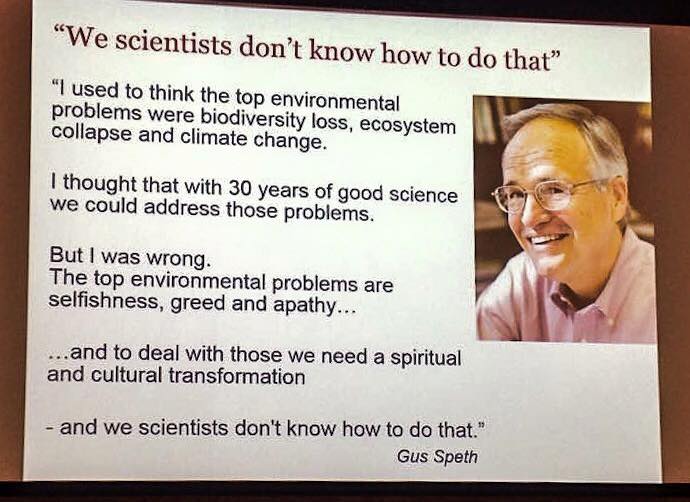The other day, I saw the above photo in my Facebook feed (photo © Kerry Dixon).
“Transformation” is a nebulous word, kind of like “sustainability” was a decade ago. Few people identify their primary field as “transformation.” Rather, it crosses multiple sectors, from science to business to spirituality and all points in between.
The world I want to live in, and leave to future generations, is one filled with compassion, peace, equality, resource-sharing and respect for all humans as well as the natural world.
This isn’t some idealistic dream. This is what it will take…
Click to continue reading on the Resonant Storytelling Substack

